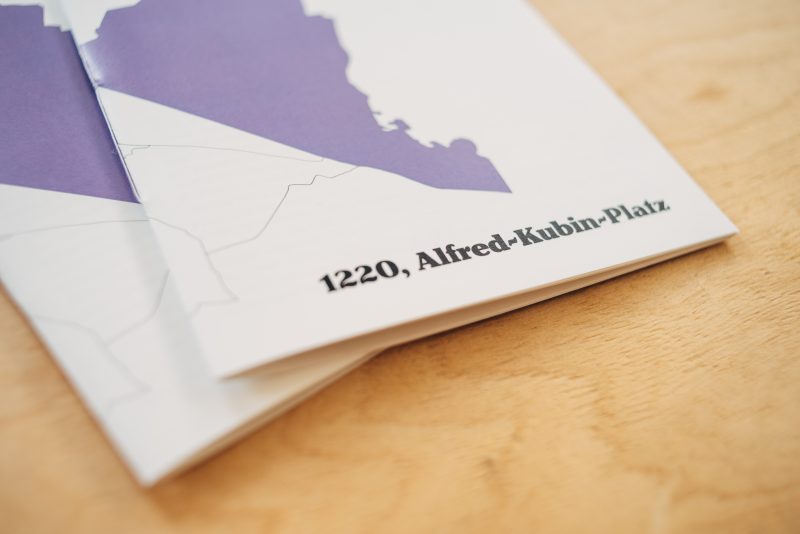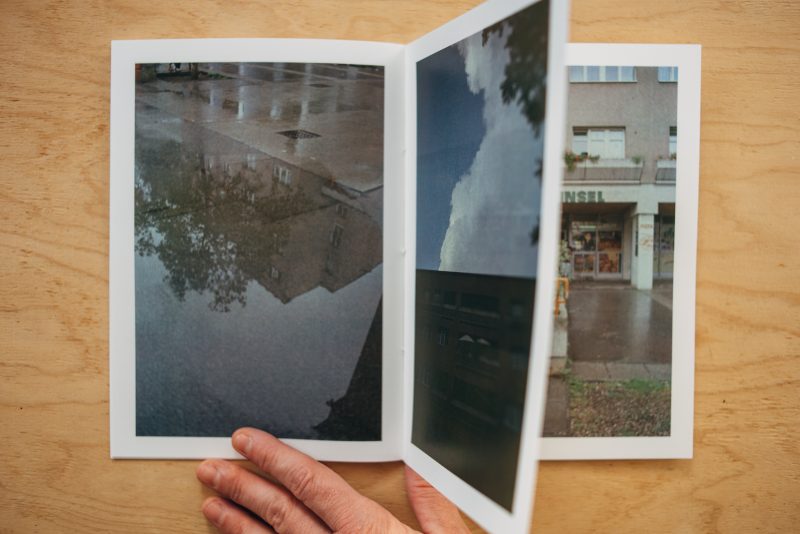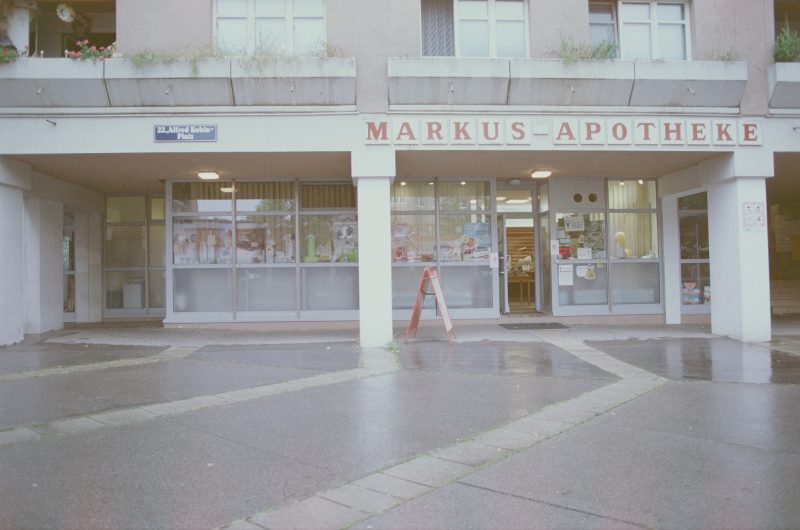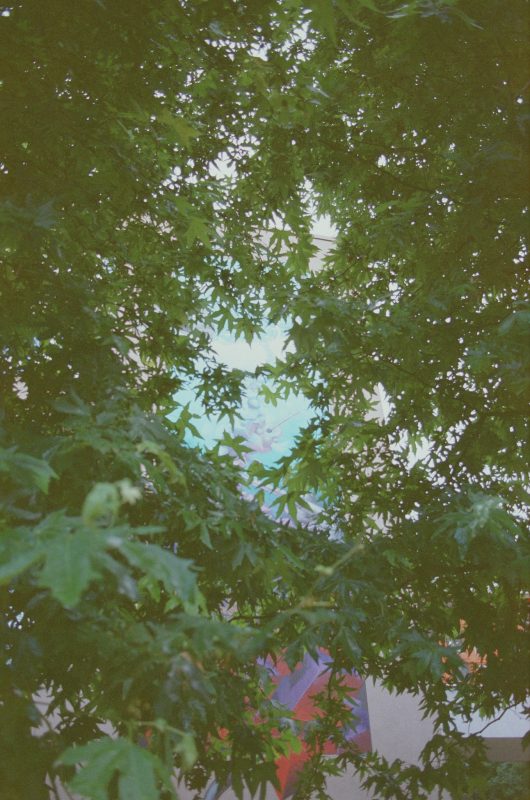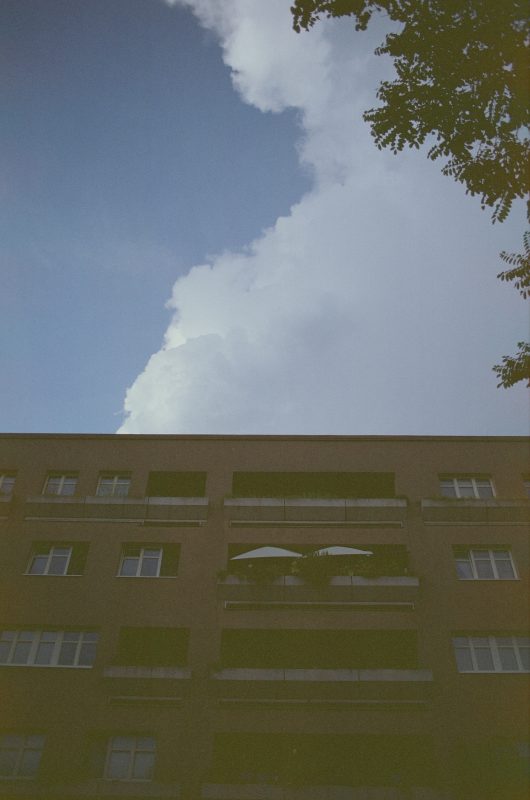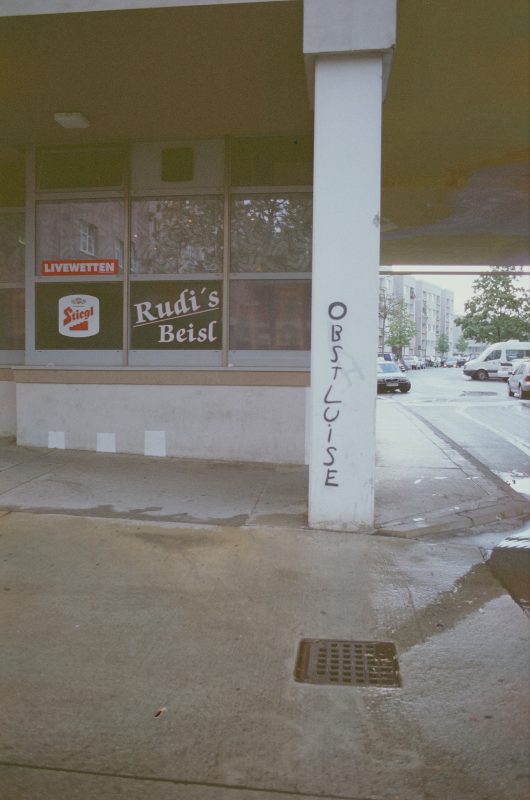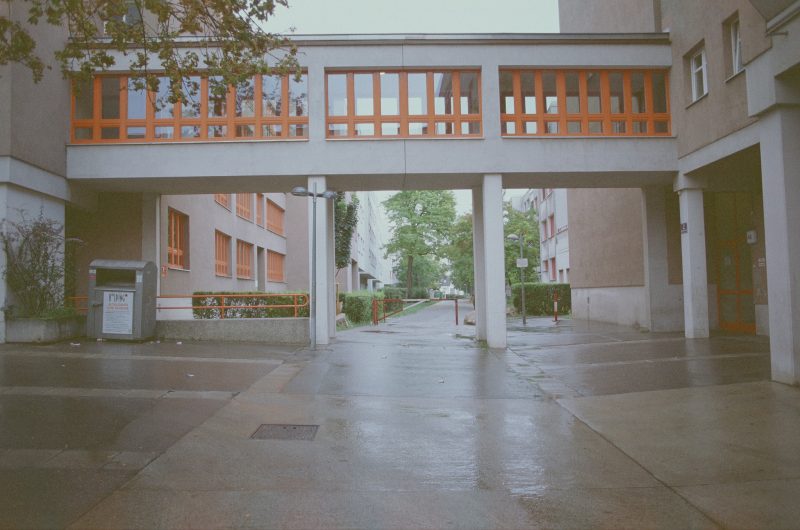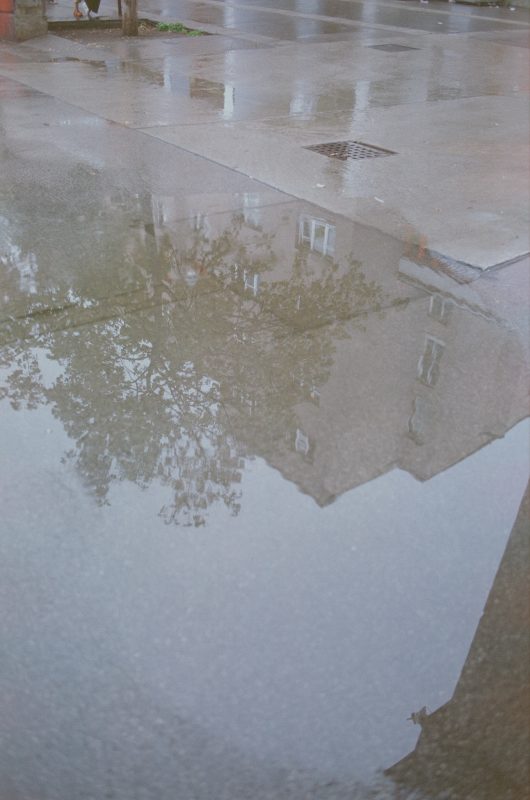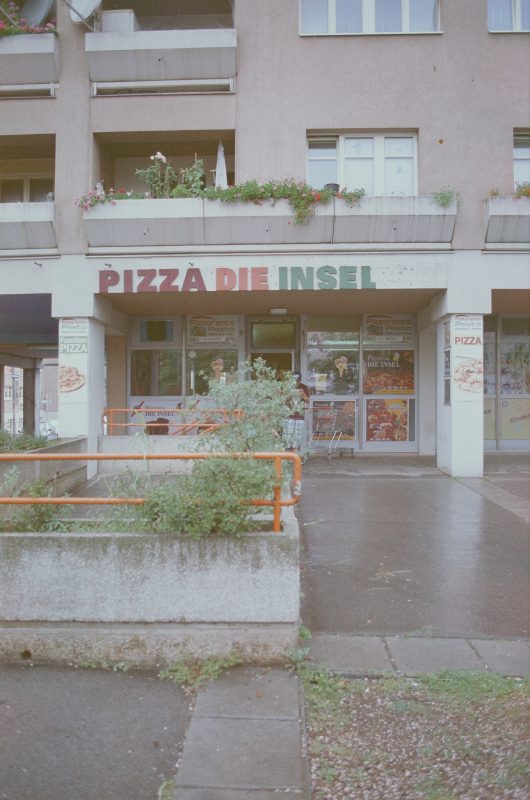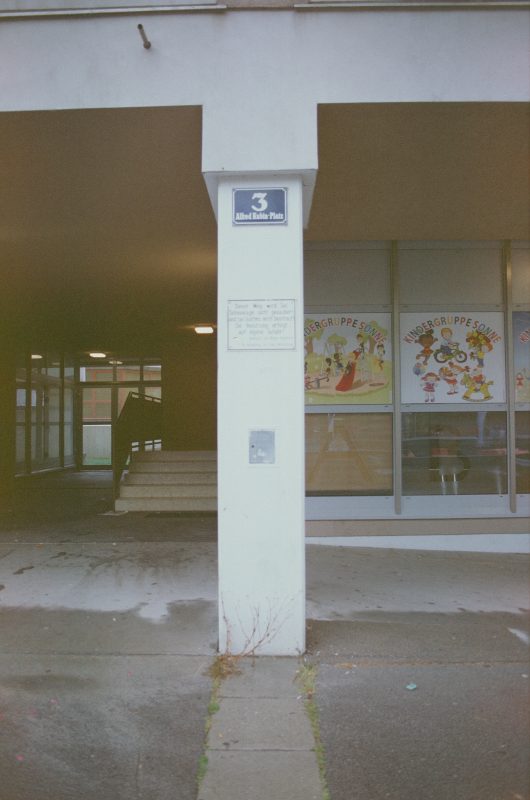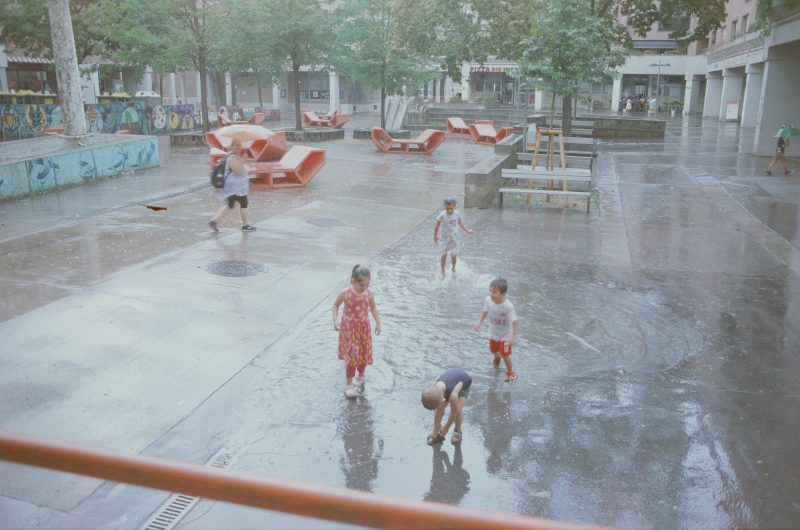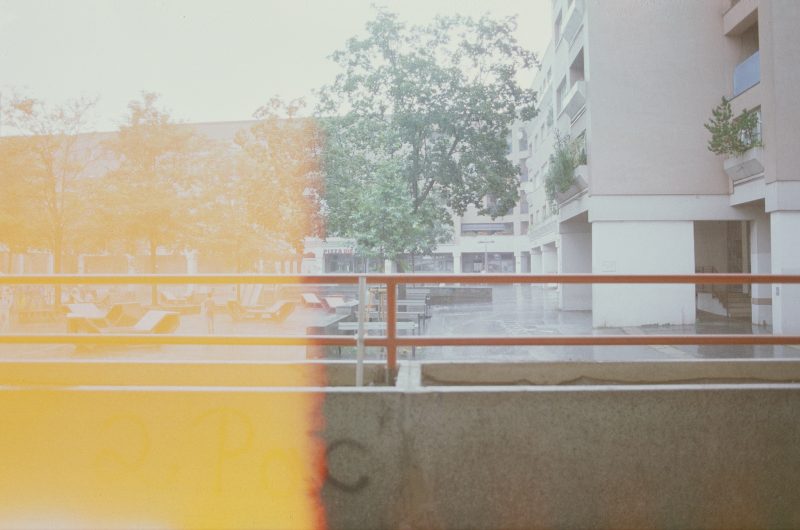Alfred-Kubin-Platz
1220 Donaustadt
€ 12,00
Pages: 20 + cover
Edition: 5 + artists copy (first edition)
Date: 2020
Film: Revue 100C
Camera: Minolta X300
4 in stock
Buy a print
Alfred-Kubin-Platz (Kagran), named in 1977 after the graphic artist, writer and book illustrator Alfred Leopold Isidor Kubin (April 10, 1877– August 20, 1959).
From 1887 Kubin attended a grammar school in Salzburg, from 1892 he was apprenticed to a photographer in Klagenfurt. From 1898 he attended Ludwig Schmid-Reutte‘s private painting school in Munich. He soon broke off his studies at the Royal Academy. In 1906 he moved to Wernstein am Inn at the old mansion of Schloss Zwickledt. Here he lived until the end of his life: initially together with his wife Hedwig, after her death in 1948 „in almost complete seclusion“. He had met the widowed translator in February 1904 and married soon afterwards. It also made it possible to acquire the so-called “Schlössl”.
Kubin‘s fantastic novel The Other Side, which appeared in 1909 with numerous illustrations by Kubin, was also written in Zwickledt.
Also in 1909 he founded together with Wassily Kandinsky, Alexej von Jawlensky, Adolf Erbslöh, Gabriele Münter, Marianne von Werefkin and Karl Hofer (among others) form the Neue Künstlervereinigung München (N.K.V.M.). From the N.K.V.M. emerged Der Blaue Reiter, in whose second exhibition, which only included graphic works, he took part in 1912. He illustrated around 60 books, including works by Dostoyevsky, Oskar Panizza, Edgar Allan Poe and Elias Canetti, published print portfolios and left behind thousands of pen drawings. Between 1933 and 1936 he had an intense love affair with the doctor‘s wife Emmy Haesele (1894–1987), who became a painter under his influence. Traces of this love affair can also be found in the series of lithographs Ali, the gray stallion. Both Kubin‘s wife and Haesele‘s husband knew about the relationship and tolerated it. When Haesele agreed to a National Socialist riot on a trip together, Kubin was appalled, not least because his wife was of Jewish origin. This led to the end of the relationship in 1936.
During the Nazi era, 63 of his works were defamed and confiscated as „degenerate art“. Nevertheless, he was not banned from exhibiting, and in 1941/42 he even published various drawings in the Generalgouvernement‘s Nazi propaganda sheet, the Krakauer Zeitung.
Kubin‘s work is characterized by the depiction of fantastic dream visions, which are represented with nervous drawing lines. Kubin was inspired, among other things, by the visionary and symbolic works of Francisco de Goya, James Ensor, Odilon Redon, Edvard Munch and Max Klinger. He worked almost exclusively as a graphic artist.
The highest price to date for a work by Alfred Kubin was paid in June 2019. The drawing with the title Epidemic from 1900/1901 changed hands for the equivalent of 1,081,736 euros.



